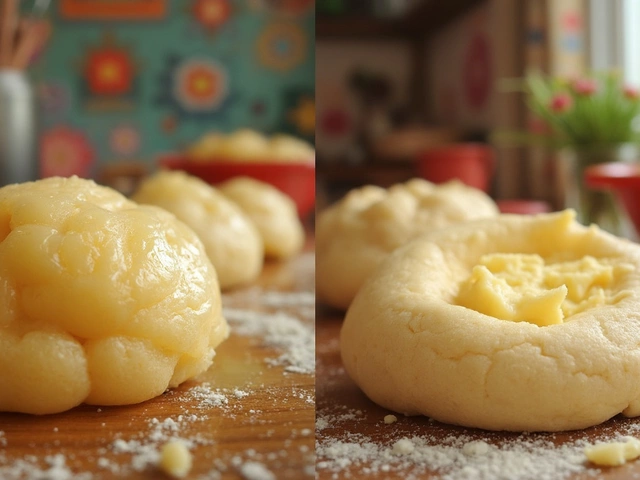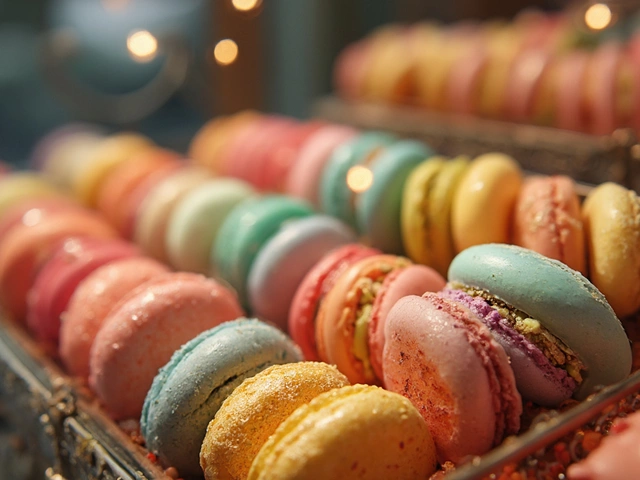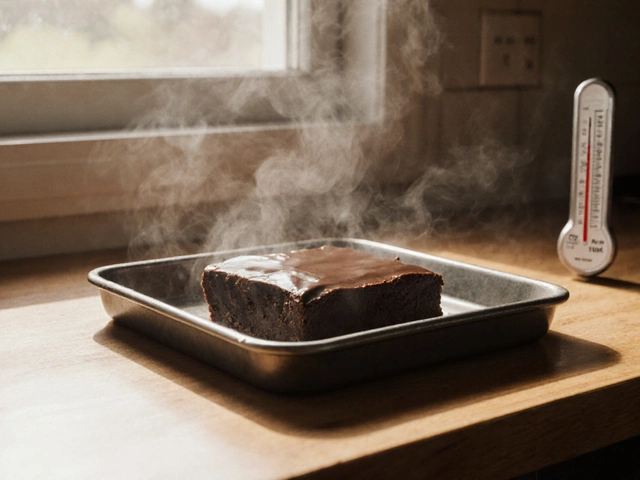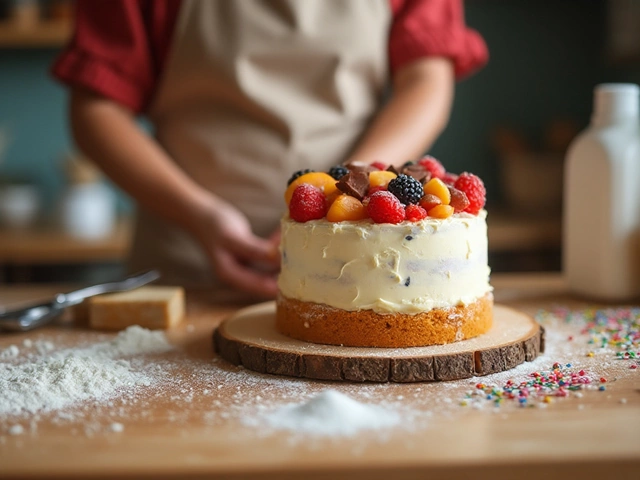Dirty Vegan Foods: What They Are and How to Enjoy Them
If you’ve ever Googled “dirty vegan foods,” you’re probably wondering what the term really means. In plain speak, a "dirty" vegan food is anything that’s technically plant‑based but still has a lot of processed ingredients, added sugars, or hidden animal‑derived additives. It’s not a judgment – it’s just a way to flag foods that might not be the healthiest choice, even though they’re vegan.
Knowing the difference helps you make smarter decisions when you’re shopping or ordering out. For example, a plain avocado toast is a clean vegan snack, while a store‑bought chocolate‑coated granola bar, even if it says "vegan," could be loaded with refined oils, sugars, and artificial flavors. Both are technically vegan, but one is a lot better for your energy levels and overall health.
How to Spot a Dirty Vegan Food Quickly
First, grab the ingredient list. If you see long strings of words you can’t pronounce – like hydrogenated palm oil or high‑fructose corn syrup – that’s a red flag. Second, look at the nutrition facts. Lots of calories, saturated fat, and added sugar? You’re probably dealing with a dirty product.
Third, think about the processing level. Foods that come from a factory in a sealed package, such as vegan cheese slices or pre‑made desserts, are usually more processed than whole‑food options like beans, nuts, and fresh fruit. Even some “vegan” meat alternatives can be pretty dirty, because they often contain soy protein isolates, textured vegetable protein, and a cocktail of additives.
Quick Swaps for Cleaner Vegan Eating
If you love a certain dirty vegan snack, try a cleaner version. Craving a chocolate bar? Choose a dark chocolate that lists cocoa mass, cocoa butter, and a tiny amount of sugar as the only ingredients. Want a creamy dessert? Whip up a simple coconut‑milk pudding with a bit of maple syrup instead of reaching for a store‑bought vegan mousse.
For vegans who are new to cooking, start with a few go‑to clean recipes. A smooth fudge made from avocado, cocoa powder, and maple syrup can satisfy a chocolate craving without the grainy, processed junk. Our post "Fudge Temperature Guide" walks you through getting that perfect soft‑ball stage, so you can make silky fudge at home.
Another easy swap is for birthday cake alternatives. Instead of a traditional sugar‑heavy cake, try a layered fruit and nut parfait. It’s fresh, naturally sweet, and avoids the dense, sugar‑laden frosting that often makes cakes feel "dirty." Check out the "Creative Birthday Cake Alternatives" article for more fun ideas.
When you’re out at a bakery, ask about ingredients. Many places are happy to tell you if their vegan pastries contain gelatin, honey, or dairy‑derived butter. If you’re unsure, stick to items that look simple – a plain almond croissant or a bagel with avocado spread is usually a safer bet.
Remember, the goal isn’t to be perfect. It’s about being aware and making better choices most of the time. If you grab a vegan cookie that’s a bit processed, enjoy it, but try to balance it with whole foods later in the day.
Bottom line: dirty vegan foods aren’t off‑limits, but they deserve a closer look. By checking labels, understanding processing, and swapping in cleaner options, you can keep your vegan diet both tasty and nutritious. Dive into our tag archive for more detailed guides on fudge, tiramisu, gluten‑free cakes, and other sweet treats that fit any level of clean eating you’re aiming for.
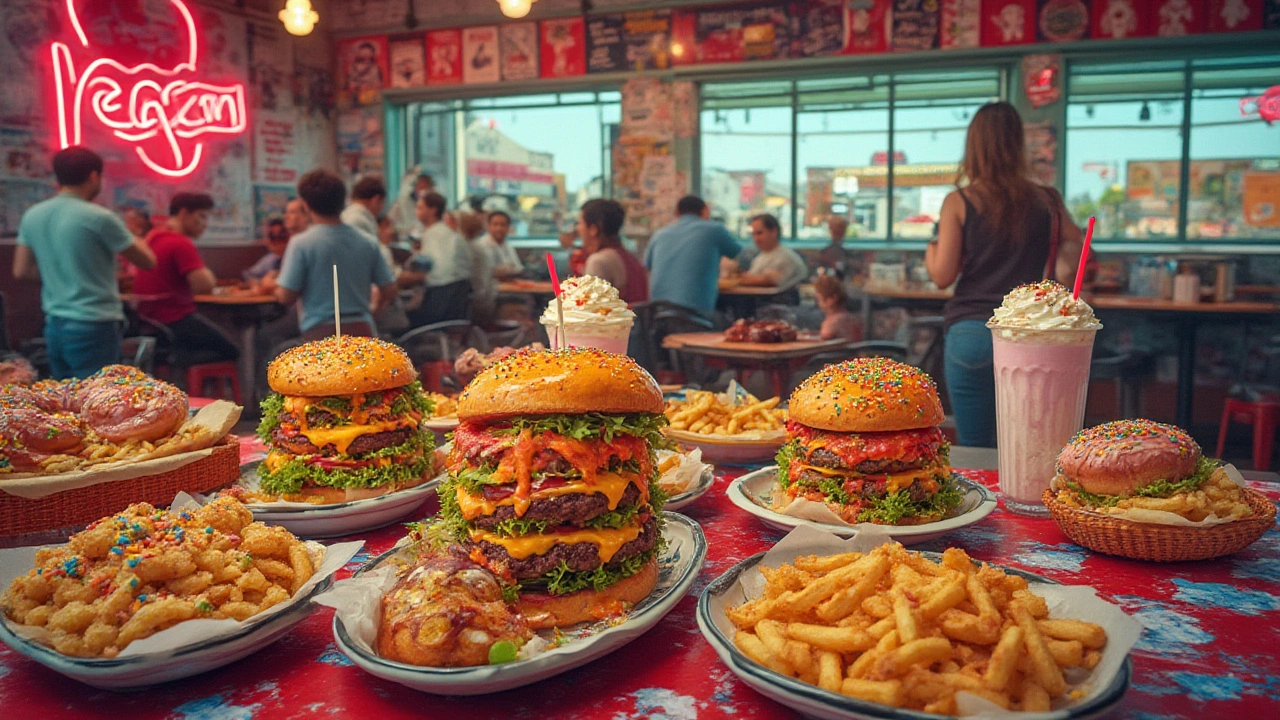
Dirty Vegan Foods: What They Are and Why You Crave Them
Dirty vegan foods are the irresistible plant-based treats loaded with sugar, salt, and nostalgic flavor. Find out what makes vegan junk food 'dirty', which goodies everyone talks about, and if these fun eats can still fit into a balanced lifestyle.
View More
